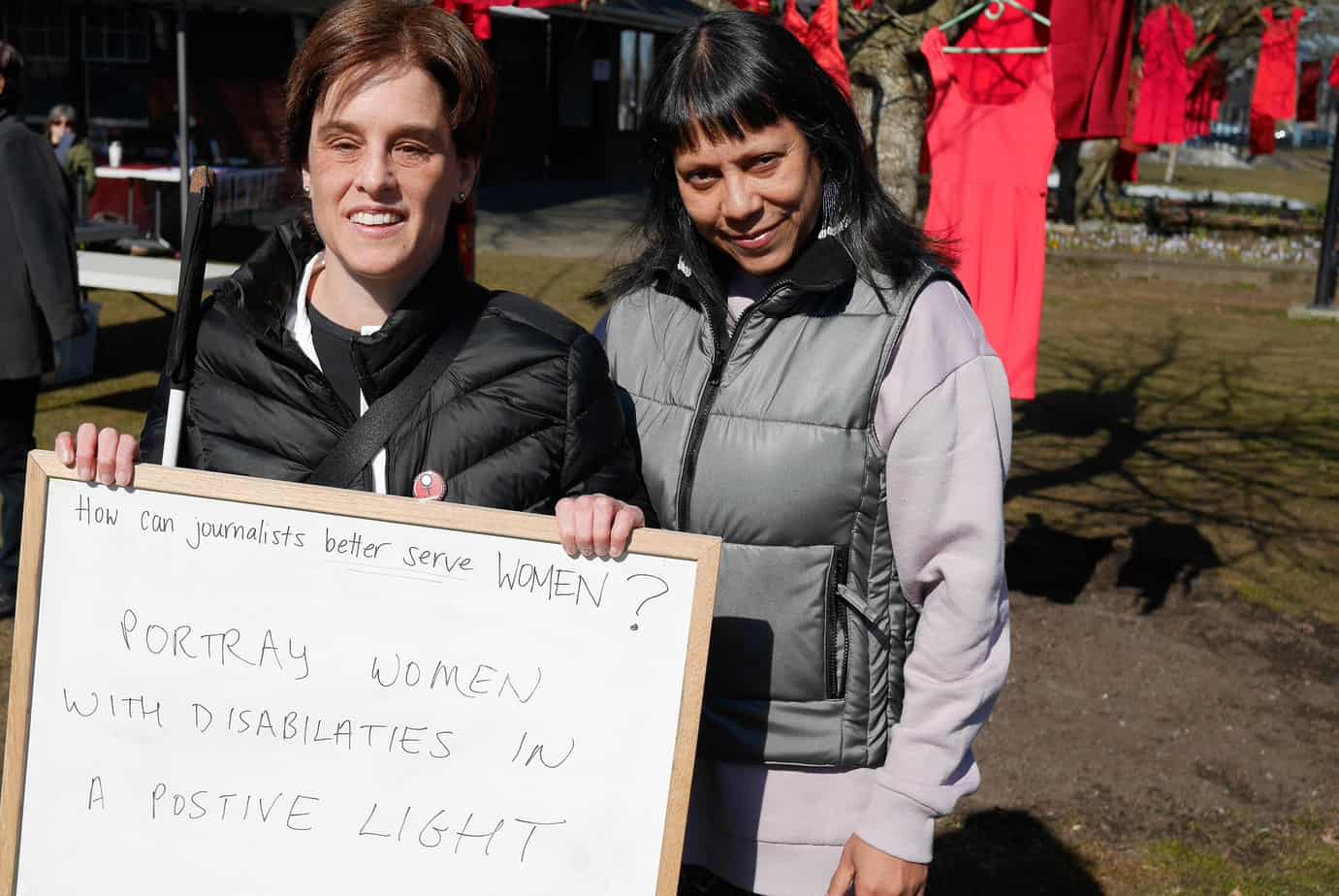
This is from our weekly Discourse newsletter. Make sure to share it and subscribe here.
It’s something we do every day — hopefully — that every level of government has an opinion on. Headlines say we don’t do it right or we do it too much. I’m talking about hand washing.
Should you wash your hands for a minimum of 10 seconds? 15 seconds? 20 seconds? How long does it take to sing “Happy Birthday”?
Should you use warm or cold water? Public Health Ontario says we should use warm water, in this how-to video on hand hygiene updated only one month ago. But Susan Lea from the Sir William Dunn School of Pathology at Oxford says hot water is just a comfort thing; the temperature doesn’t matter.
Turns out “the literature on hand washing includes a tremendous amount of misinformation,” says this 2017 study published in the Journal of Food Protection.
“Many hand-washing recommendations are being made without scientific backing,” the study continues, “and agreement among these recommendations is limited, as indicated by the major inconsistencies among hand-washing signs.”
Misinformation is everywhere and it can be overwhelming. When it comes to our health, the consequences can be deadly.
As Facebook takes some stumbling steps to curb the reach of anti-vax information on its platform, Pinterest went further to try to combat the spread of health misinformation by actually restricting its search results. Here’s what it looks like if you type in “vaccine” in the search bar for each of these social media giants:

Removing content might be one way to combat blatant misinformation and propaganda, but where does the line stop? Who gets to make those decisions?
What do you think of censorship as a tool for combating misinformation? Send me your thoughts and I’ll share some of them in an upcoming newsletter.
Did you hear?
- Here’s a roundup by Poynter of how misinformation is being tackled around the world. Canada, Spain, Sweden and Pakistan have all created government task forces. Other actions go so far as internet shutdowns in India, or jail time in Cambodia.
- This Nieman Lab article looks at how Pinterest tackled misinformation — and where the platform is falling short.
- Our former intern, journalist Anya Zoledziowski, writes about her experience working as the newsroom’s “diversity hire.” In this article for The Tyee she shares some of the challenges women of colour face in the journalism world, as well as her own experiences — like the time she questioned the ethics of one newsroom’s Indigenous reporting and was called “fiery.”
- Last Sunday, 157 people were killed when Ethiopian Airlines Flight 302 crashed outside Addis Ababa. But Western coverage erased the African tragedy of it, says Hannah Giorgis in The Atlantic: “The Washington Post, for example, led its homepage coverage Sunday with a headline that informed readers only that ‘Eight Americans among 157 people killed in Ethiopian Airlines crash.’ (The Washington metropolitan area has the largest population of Ethiopian descent outside the country itself.)”
- Looking for some happiness? Take a listen to this CBC radio doc as 90-year-old Judy Simmonds, a grandma with “unflappable positivity,” shares her secrets to a happy life. She recommends singing (even when it’s just to pass the gravy) and facing life with a smile.
Updates from Cowichan
Have you ever waded into the comments on a news story or on Facebook, and immediately wished you could unsee them? That’s how community reporter Jacqueline Ronson felt as she watched the flurry of news coverage — and the avalanche of hate and racism in response — unfold from the alleged abuse of Teddy the dog in Cowichan. But rather than hide, she waded in deep. Read her insight on the responsibility of the community, and media, in the journey toward reconciliation.
Last week, reporters Brielle Morgan and Lauren Kaljur also joined Jacqueline in the Cowichan Valley for the community’s International Women’s Day festival to learn more about how we can do a better job covering child welfare and serving women in the community. Here’s what some of the women had to say:


To learn more about the community of Cowichan, follow Jacqueline’s work by signing up for her newsletter here.
Updates from Scarborough
Late last month, more than 30 people attended Scarborough Discourse’s Story Circle: Transit edition, including three local city councillors: Jim Karygiannis, Cynthia Lai and Jennifer McKelvie. Everyone participated in small breakout group discussions, describing their daily experiences using public transit, before we reconvened in a large circle to share our thoughts.

Participants shared their frustrations with specific bus routes, debated proposed plans for the one-stop subway to Scarborough Town Centre, and shared observations about TTC employees’ poor customer service, which ranged from unfriendly behaviour to racist interactions targeting children of colour.
Our Scarborough team is now planning coverage of local transit, inspired and informed by the conversations and suggestions that emerged from this Story Circle. If you have more ideas for navigating the public transit system in and around Scarborough, we’d love to hear from you. Email your thoughts to reporter Aparita Bhandari. [end]


